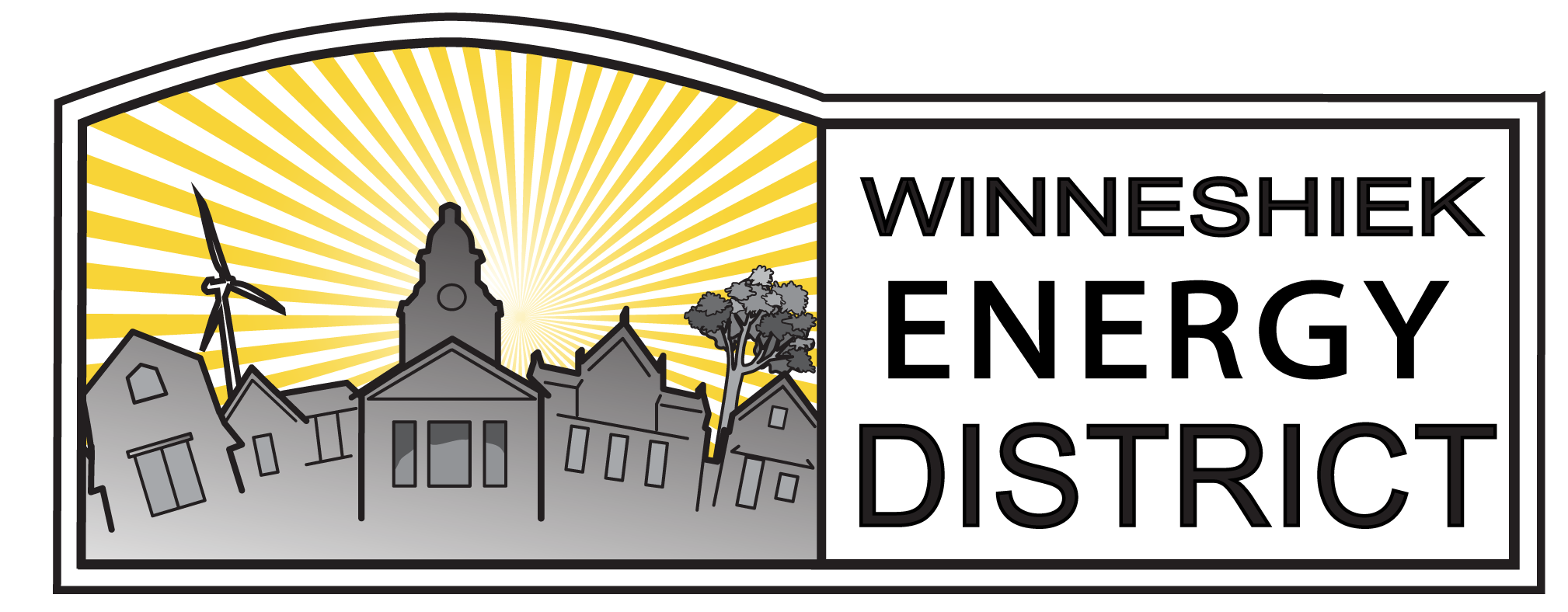More from the Session: Solar Siting and Energy Codes
Andy Johnson, Clean Energy Districts of Iowa
In addition to the solar tax credit waitlist funding, the defeat of restrictive utility scale solar energy siting and changes to building energy codes were both positive outcomes from the 2022 legislative session.
“The debate over large-scale solar energy in Iowa has reached the Capitol. A bill recently passed out of the Senate Agriculture Committee, Senate File 2127, would effectively outlaw solar panels on the vast majority of Iowa farmland.”
So wrote CEDI’s Andy Johnson and co-author Warren McKenna in a Des Moines Register oped in early March. The article continued:
“Solar energy represents investment, jobs, grid stability, energy independence, tax base, agricultural diversification, emissions reductions, and so much more.
The opportunity cost of freezing large-scale solar throughout rural Iowa is huge. With favorable conditions, we could easily see 10 gigawatts of solar in coming years (that’s roughly the current amount of wind energy in Iowa), and potentially much more over time.
Back-of-the-napkin calculations for 10 gigawatts of solar, based on research conducted for previous solar projects, suggest over $10 billion of initial investment, over 50,000 jobs, and $30 billion to $40 billion over 25 years in returns to utilities, landowners, and state and local governments. It would power well over a million homes and, with the addition of storage, would strengthen large sections of Iowa’s grid against climate and cyber disasters.”
Thanks to opposition from the clean energy coalition (including many of you) and utilities throughout the state, the legislation did not proceed. That is a good thing, but the siting of large-scale solar and wind power is an increasingly difficult challenge throughout Iowa thanks to a vocal minority of opponents.
Advocates need to actively speak up for renewable energy at all scales, in every county, and with all levels of government leadership, or the clean energy transition could slow dramatically.
State Building Codes
The energy code debate was part of the very broad Governor’s workforce bill, which earlier in the session was SF2361.
The bill covered much ground (parts of which eventually passed), but Division X was the bulk of the bill and was dedicated to the state building code. Thanks to strong opposition from the clean energy community, and various trade groups, Division X was entirely removed from the bill.
The bill would have changed many aspects of the building code, which includes the state energy code. Perhaps the most important change would have been to how the state updates building codes.
Most aspects of building codes are updated by national and international standards organizations (eg electrical, fire, plumbing, energy, etc) every three years. These updates are generally adopted – sometimes with adjustments – by most states through either an administrative or a legislative process.
Iowa has long used an administrative process to update codes. An advisory council within the State Fire Marshal Division of the Department of Public Safety assesses code updates, and makes recommendations to the administration for approval. In the past, Iowa was a national leader in adopting updated codes as available. Though the administrative update process has slowed significantly in recent years, it is still generally considered a more desirable approach than a legislative adoption process.
To learn more about Iowa’s energy code, and the opportunities and impacts if the state were to adopt more recent versions of the international energy code, see the US Department of Energy’s Iowa code profile page.
The defeat of both the extremely restrictive solar siting bill and the changes to the state building code adoption process were significant wins in the current legislative session. Thank you to all clean energy advocates, partners, and legislative champions for your important and effective work.
